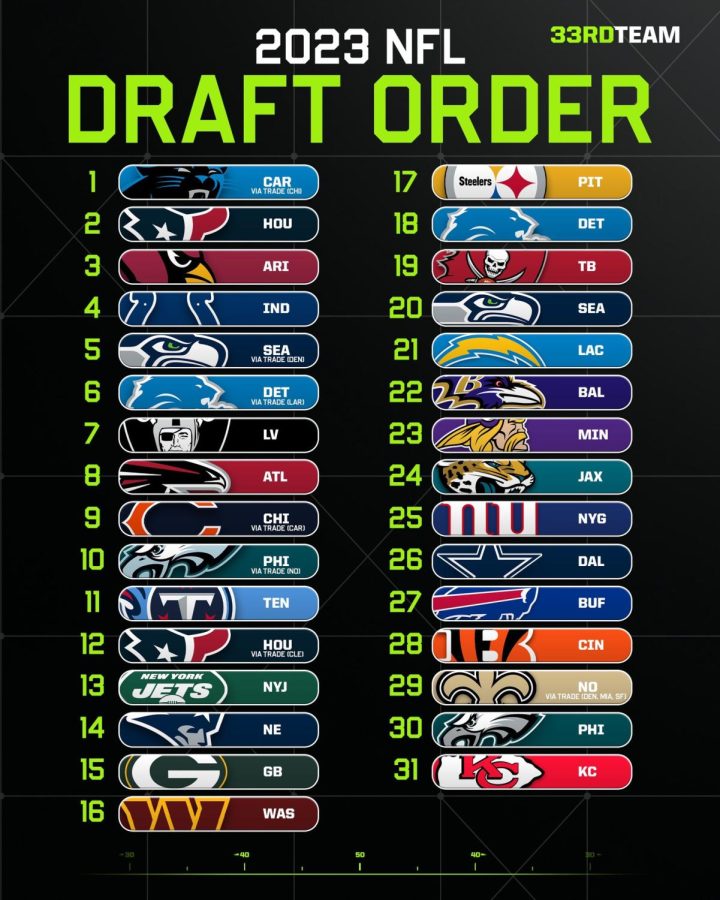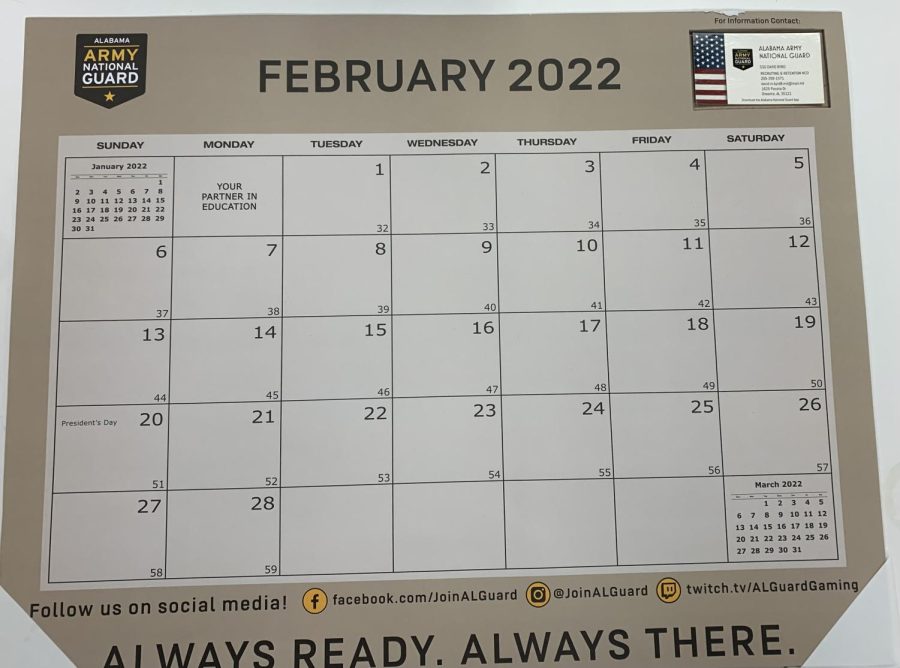Why is February so Short?
February 7, 2022
So we all know that February is disproportionately short compared to the other months of the year, and that it is also the month that is extended by one day every leap year, but why is that? As it turns out, it all leads back to Julius Caesar.
Before the Julian Calendar had been made, Rome used a lunar calendar based on the phases of the moon. It had 355 days, began in March, and ended in February. An adapted version of this is still used in some places today, as evidenced by the recent Lunar New Year. February, in this old calendar, was shortened as to not overflow the allotment of days. (Every other month had 29 or 31 days because even numbers were seen as unlucky.) February in particular was chosen because it was seen as a month of purification, which would counteract the negative effects of its day count. When Julius Caesar came along and commissioned a new calendar centered around the Sun’s rotation, which lasted 365.25 days, February remained short in order to keep with tradition. Additionally, the quarter of a day that ended each year was combined into a quadrennial “leap day” that was added to the end of February.

















